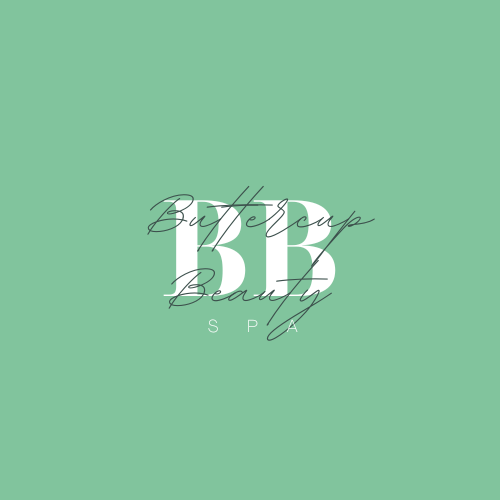Techniques and products
Techniques used by estheticians include facial steaming, wrapping, exfoliation, pore cleansing, extraction, and chemical peels. Creams, lotions, wraps, clay or gel masks, and salt scrubs are used. Machines may also be used to help deliver high-tech services.
Some common therapies:
Chemical peel: An exfoliation process, very effective in treating a large range of skin concerns such as aging, sun damage, acne, mild scarring, improving overall skin brightness and evening skin tone. Peels can be light, moderate or deep. Light peels require no down time from work or normal activities. Moderate peels may require a day or two of down time, and deep peels can require a week or more to allow the skin to fully heal. Estheticians who are not working in a medical setting perform light to moderate peels only. Deep peels are performed by a physician, or under a physician’s supervision, for your safety.
Exfoliation: The removal of dead skin cells manually (scrubbing, brushing, or using a system such as microdermabrasion), with a chemical peel (a product that causes dead skin cells to shed) or with an enzymatic product that digests dead skin cells.
Extraction: This is the process of deep cleansing the pores, either manually (using gloved hands and cotton or tissue around the fingers, with gentle pressure to remove the impacted pore) or using a metal extraction implement designed to clear blocked pores. This can also include the use of a lancet (a small sharp blade to lift the dead cells of the skin prior to extraction).
Facial: A facial is the most popular treatment performed by estheticians. It is a good way for your therapist to get a good understanding of your skin prior to suggesting more aggressive treatments. A facial generally includes makeup removal and skin cleansing, exfoliation by mechanical, enzymatic or chemical means, steaming, extractions, facial massage, a treatment mask, serum/moisturizer and sunblock. For most people, facials can be scheduled every four weeks, although your therapist may recommend a different schedule based on your individual needs.
Microdermabrasion: The process of resurfacing the skin using a machine that sands the skin’s epidermal (outer) layer, using either a wand tipped with crushed diamonds, or a spray of special crystals which are then suctioned back up along with the dead skin cells. It can be very helpful in improving skin texture, fine lines and the effectiveness of home care product penetration.

